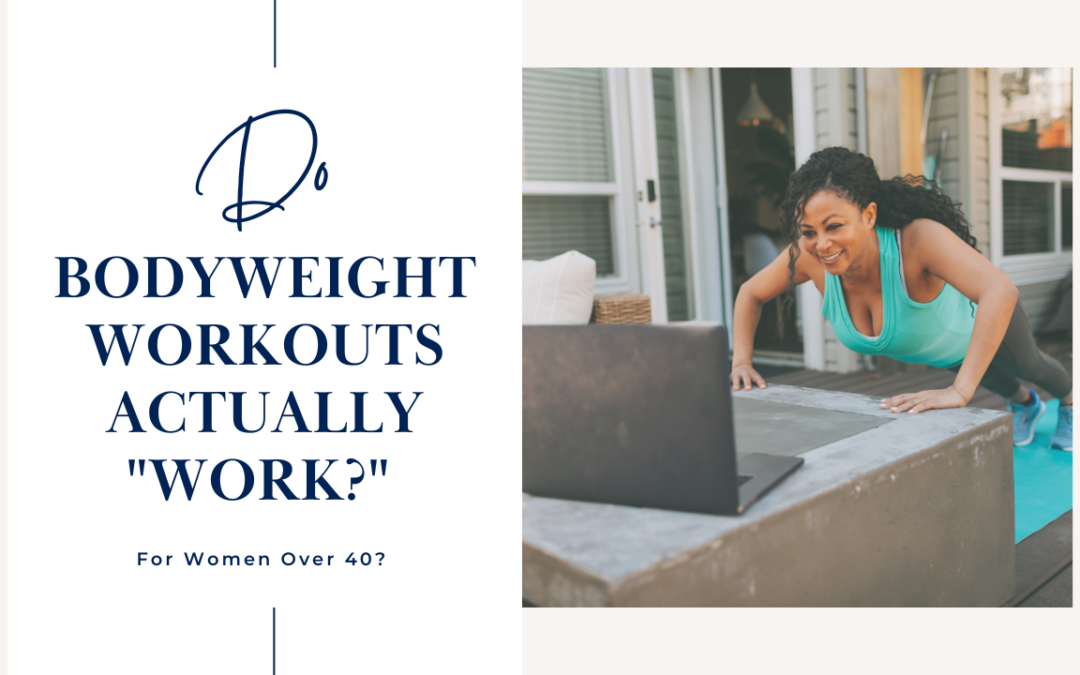
The TRUTH About Bodyweight Workouts for Women Over 40
If you’re a woman over 40, you may be wondering if bodyweight workouts can really help you build muscle and lose fat. After all, getting to the gym isn’t always easy with your busy schedule. But do bodyweight exercises really work? Is it possible to lose weight or build muscle using only your own body weight? Here, we dig into the truth about bodyweight workouts.
The Role of Calories
Calorie intake plays a huge role in both losing weight and gaining muscle. To lose fat, you need to create a calorie deficit by eating fewer calories than what your body needs to maintain its current weight. To gain muscle, on the other hand, you need to consume more calories than your body needs so it can use those extra calories to build muscle mass. Once your calorie intake is in check, then you can focus on your workouts.
Building a Strategy
When it comes to bodyweight workouts for women over 40, having a strategy is key if you want the exercises to “work” for you. Just like any workout plan that uses dumbbells or barbells, bodyweight plans should also be periodized—meaning they should have specific goals and progressions that help you reach those goals. For example, if one of your goals is gaining strength, then make sure that each session is focused on building strength rather than endurance or power (which are other types of periodization). This will ensure that the exercises are actually helping you reach your goals instead of simply wasting time with random exercises.
Rep Ranges Matter Too!
You also need to make sure that the rep ranges used in each session match the type of goal being worked on—for example, if your goal is hypertrophy (gaining muscle size), then don’t use endurance rep ranges (12+ reps). Instead, stick with 8-12 reps for hypertrophy-focused training sessions and 3-5 reps for strength-focused sessions.
Exercises can (and should!) also be manipulated depending on where you are in your periodization—you can either make them easier (more reps) or harder (less reps) by changing variables such as tempo or range of motion in order to produce muscle fatigue appropriate to your intended rep range better.
For example, elevating your feet on an incline pushup makes the exercise more difficult than doing traditional pushups on the ground would be; conversely, lowering yourself onto a low box makes pushups easier because it takes some of the tension off of your muscles during the movement.
Knowing how and when to manipulate exercises can keep your workouts challenging and effective — no matter what equipment (or lack thereof) is used!
In conclusion, yes – bodyweight workouts can be effective at helping women over 40 build muscle and lose fat! While managing calorie intake is important no matter what kind of exercise program you choose, having a well-thought-out strategy and understanding how rep ranges work will help ensure that the exercises chosen match up with whatever goal(s) being worked on — whether it’s gaining strength, building muscle, or increasing endurance!
With these tips in mind – get out there and start crushing those bodyweight workouts!

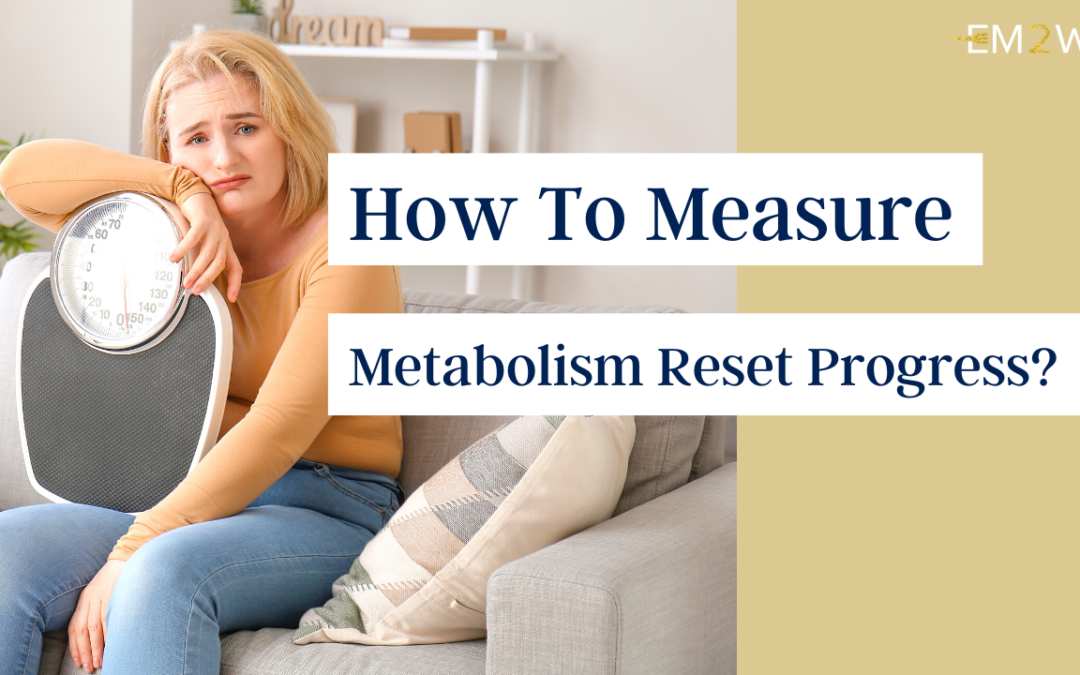
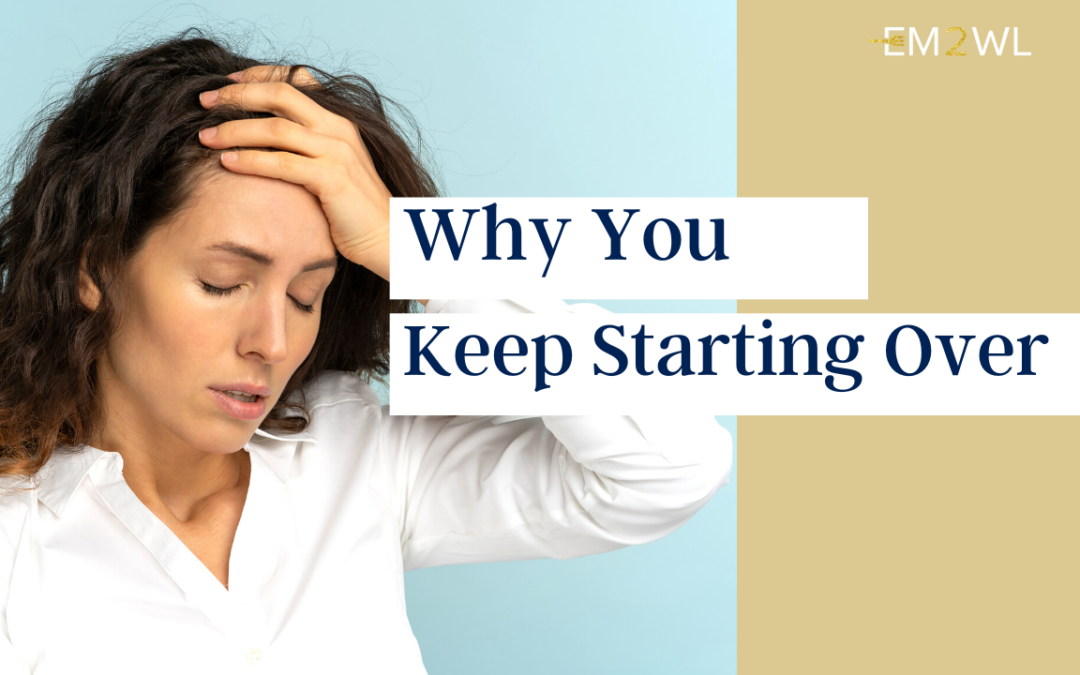
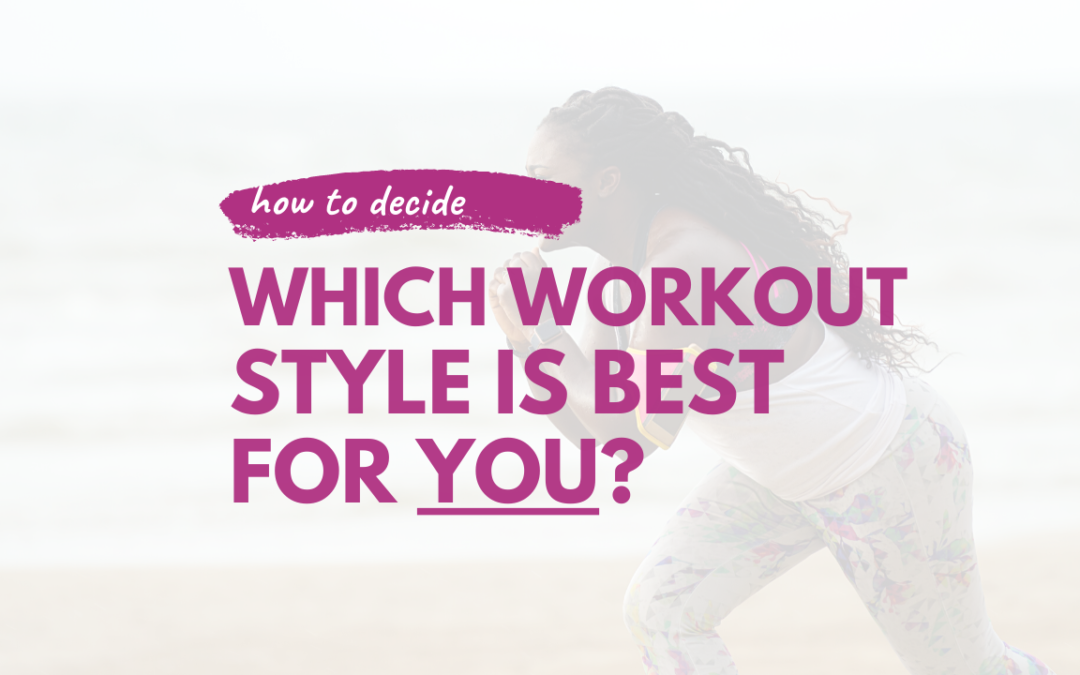
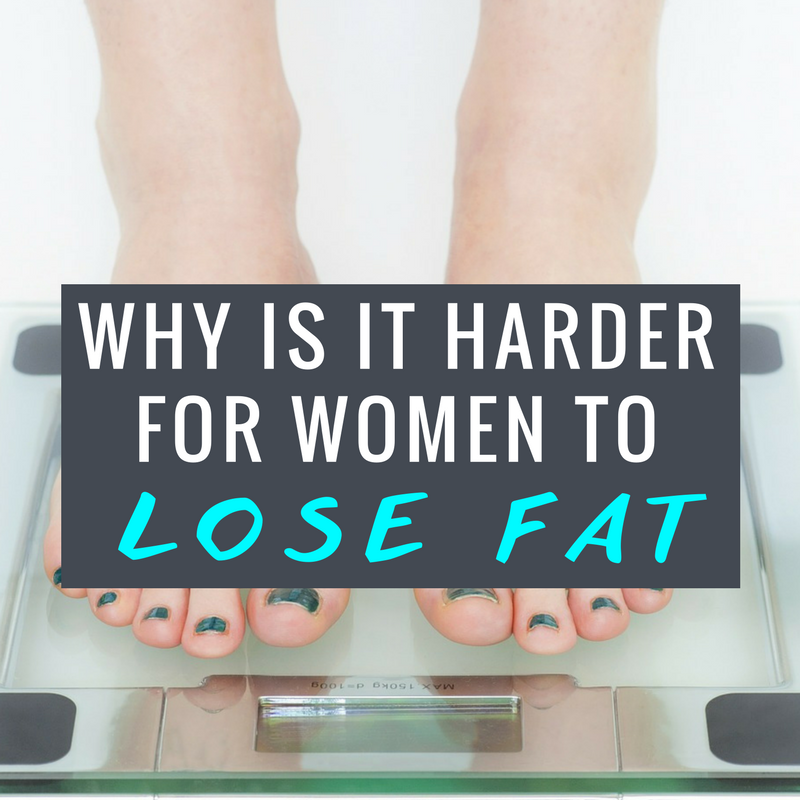
Recent Comments